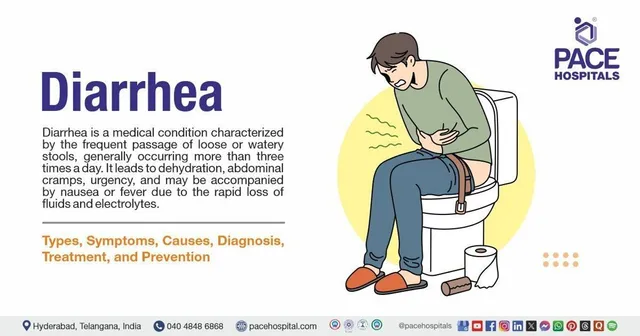
A long and healthy life – who wouldn’t want that? But whether we like it or not, our bodies age. Those who adapt to these changes have good conditions for plenty of vitality and well-being in the second half of their lives.
As we age, the composition of our body changes: the amount of muscle decreases, while the amount of fat increases. The amount of water and bone mass also decrease.
The energy requirement decreases – the nutrient requirement remains
Due to the higher fat content and changing living conditions, the body’s energy requirements decrease . Women between the ages of 19 and 24 need 1900-2500 kcal, depending on their activity. A 65-year-old woman, on the other hand, only needs 1700-2100 kcal. For comparison: a bar of chocolate contains around 500 kcal.
What does not change, or hardly changes, is the amount of nutrients the body needs in later life. In fact, medication and illness tend to increase the need for nutrients.
Consciously eating better in old age
In order to provide the body with sufficient nutrients, but at the same time not to give it too many calories, foods with a high nutrient density are recommended. These are foods with a high nutrient and low calorie content. These primarily include vegetables, fruit and whole grain products, but also pulses such as lentils or beans. Milk and dairy products are important sources of calcium, and sour milk products such as yogurt and kefir also contain lactic acid bacteria, which are good for the intestines. When it comes to meat and meat products, it helps to prefer low-fat varieties, i.e. a fillet or lean ham rather than a breaded schnitzel or sausage. High-quality vegetable oils such as rapeseed, olive, walnut or soy oil are also recommended due to their valuable fatty acids.
By the way: Even as a fit senior citizen you don’t have to go without sweets like cakes, snacks or a glass of beer or wine. Everything in moderation is the motto.
Dietary fiber – indispensable helpers for health
Dietary fiber is a carbohydrate that is almost indigestible and hardly contains any calories. It helps to keep the body healthy, especially in old age:
For example, fiber ensures regular bowel movements and helps prevent constipation.
It can help lower cholesterol levels and thus reduce the risk of lipid metabolism disorders.
A diet rich in fiber encourages longer chewing and ensures a longer-lasting feeling of satiety, which in turn can have a positive effect on weight.
That’s why fiber-rich foods should be on the menu every day. These include whole grain products such as whole grain bread, pasta and brown rice, vegetables and fruit, and pulses (peas, lentils, beans).
Drinking even without feeling thirsty
As we get older, our thirst sense decreases . That’s why it’s especially important to drink enough – even when you’re not thirsty. You should drink at least 1.5 liters a day, especially tap water and mineral water, fruit juice spritzers or unsweetened herbal or fruit teas, and coffee and black tea in small amounts. If you don’t drink enough fluids, it will impair your brain’s performance. Circulatory and kidney problems can also be the result.
Exercise – that keeps the body on its toes
Regular exercise increases energy consumption and thus prevents excessive body weight or helps to reduce it. This also applies in old age. Useful sporting activities in the second half of life include brisk walks, cycling, swimming, gymnastics, light muscle training or yoga. If you stay active, you also reduce the risk of high blood pressure, high blood fat levels and other metabolic diseases. In addition, exercise counteracts aging processes such as muscle and bone loss, strengthens the circulation and also brings joy and good mood.
Conclusion
Ultimately, even in old age, it is about eating varied, balanced and consciously and only as much as the body needs. Enjoyment and pleasure in preparing and eating are just as important ingredients for well-being as regular exercise.






